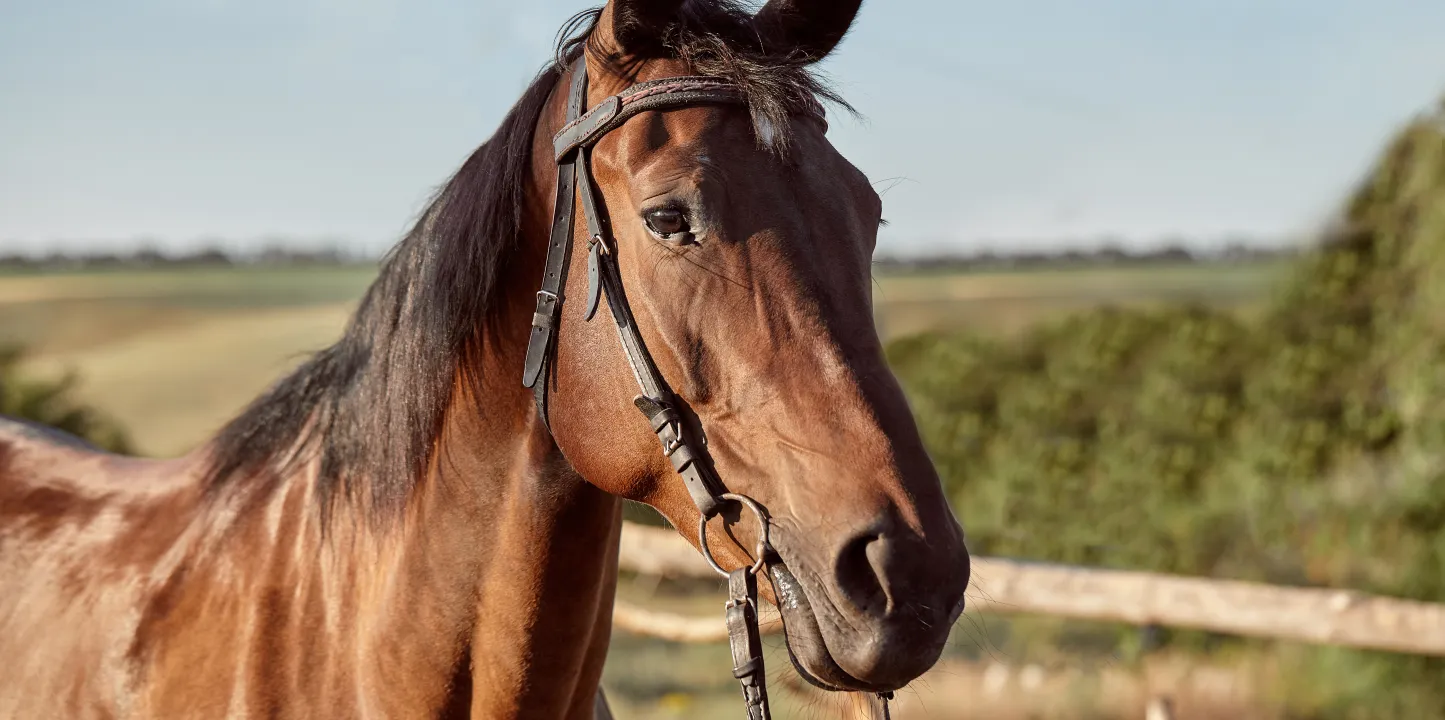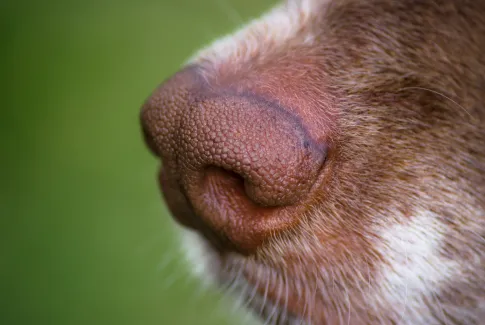
How to take care of your horse's skin
The skin is the largest organ of the horse's body, measuring between five and ten square meters, depending on its size. It is a thick and multifunctional layer that protects against external agents, regulates temperature, allows sensory exchange, and participates in pigment production. Additionally, the condition of the skin and coat directly reflects the animal's overall health, often being the first visible indicator of internal imbalances, nutritional deficiencies, or systemic diseases. Caring for a horse’s skin is not just an aesthetic matter but a fundamental part of equine well-being.
Curiosities
A sensitive skin beneath a tough appearance
Although a horse’s skin is thick and sturdy, it is surprisingly sensitive. Thanks to a dense network of nerve endings, it can perceive extremely subtle stimuli, such as the light touch of a simple fly landing on its back.
An unusual way of sweating
Unlike many other animals, horses actively sweat through their skin to regulate body temperature. This makes skin care essential because sweat can disrupt the natural balance of the skin, promoting irritation if it is not properly cleaned and protected.
Coats: much more than just coat color
Did you know that the different horse coat colors are called “coats”? Each has a specific name that describes its tone and pattern: from chestnut (reddish), dapple gray (a mix of dark and white hairs), to bay, roan, black, or overo. Beyond aesthetics, these coats can provide valuable information about genetics, breed, and even predisposition to certain health conditions.
Functions of the Skin
- Protection against external agents: Acts as a barrier against infections, parasites, and other external agents.
- Temperature regulation: Through sweating and blood circulation, it helps maintain an appropriate body temperature.
- Sensory exchange: Allows the horse to perceive its environment through touch.
- Pigment production: Contributes to protection against UV rays and gives color to the coat.
Common Problems
Some common issues that may affect a horse’s skin include:
- Dermatitis: Inflammation of the skin that may be caused by allergies, infections, or irritants.
- Fungal and bacterial infections: Can cause lesions and discomfort.
- Chafing and abrasions: Caused by friction from reins, stirrups, or leg protectors, especially during intense training or competitions.
- Cuts: Small injuries caused by fences, branches, or other elements in the field. If untreated, they can lead to infections.
- Girth sores: Injuries caused by poorly fitted girths, especially in working or sport horses.

How to Care for Your Horse’s Skin
To keep your horse’s skin in optimal condition, it is important to:
- Maintain good hygiene: Regularly brush and bathe the horse to remove dirt and parasites.
- Provide a balanced diet: Ensure the horse receives all necessary nutrients for healthy skin and coat.
- Regularly inspect: Check the horse’s skin and coat for any signs of problems and act quickly if needed.
- Treat any wounds promptly: It is essential to treat any wounds as soon as they appear, no matter how small, to avoid major complications. Whether chafing from the saddle, small cuts, or daily abrasions, quick care makes a difference. In these cases, specific products for horses like Skinnia Wounds are very helpful, as they disinfect, speed healing, and provide relief and protection for the horse’s skin.
Why Skinnia Wounds Should Be in Your Horse’s Care Kit
Skinnia Wounds is a healing dressing, available as gel or spray, that helps protect and accelerate the regeneration process of injured skin. Its advanced technology allows it to form a flexible, breathable, and non-greasy barrier over the wound, acting like a “second skin.” This barrier not only protects the wound from contaminants such as pathogens and dirt but also promotes natural skin regeneration and creates an ideal environment to prevent infections.
- Skinnia Wounds Spray: For small wounds or superficial cuts, offering quick disinfection and effective protection.
- Skinnia Wounds Gel: Recommended to protect and help regenerate surgical wounds that have already been sutured.
Skinnia Wounds not only provides protection but also accelerates the healing of your horse’s skin, reducing the risk of infections and contributing to its overall well-being. By including this product in your daily horse care routine, you ensure that small wounds do not interfere with its health or performance.
The horse’s skin is a vital barrier that requires constant care to guarantee its health and well-being. Keeping it clean and free from injuries is essential, as any skin problem can affect both comfort and performance. When wounds appear, acting quickly is crucial to avoid complications. In this regard, Skinnia Wounds becomes an indispensable product: it helps disinfect, protects the injured area, and speeds healing. Including it in the daily first aid kit is a simple and effective way to care for your horse as it deserves.
Related news
- Care
Summer is the perfect time to enjoy the outdoors with your pet, but it can also bring certain…
- Care
The arrival of spring brings good weather, and you’ll likely take the opportunity to spend as…
- Care
The snout — the visible, moist part of your dog’s nose — is not only key to their extraordinary…


